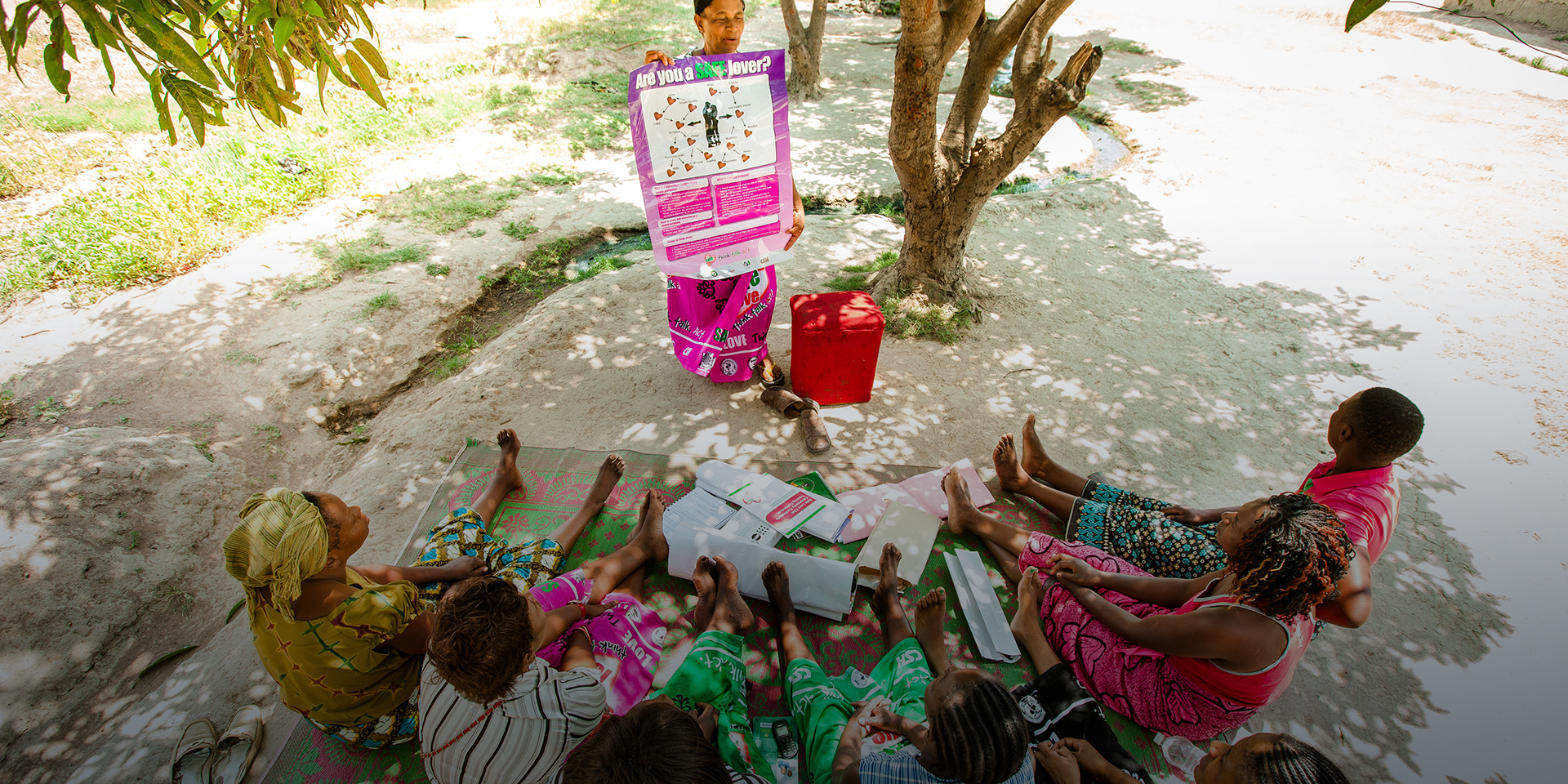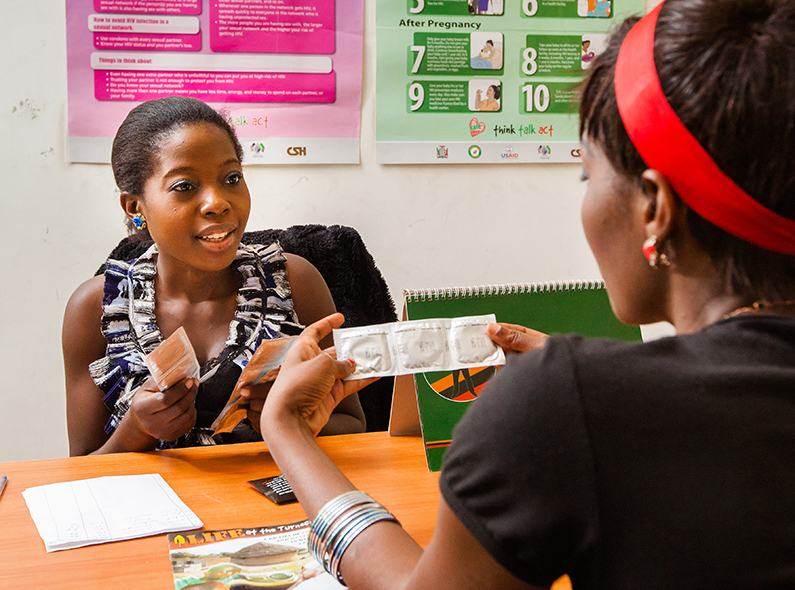
Social and Behavior Change Communications — More than Just Mass Media
February 18, 2016 | 2 Minute ReadDebora Freitas Lopez discusses the program components necessary for a truly effective social and behavior change communications initiative.
Social and behavior change communication (SBCC) is a mystery for many outside of the discipline.
For one, it is different than behavior change communication (BCC). BCC solely focuses on promoting individual behavior change. On the other hand, SBCC also considers the social contexts, systems, and structures that lead to an enabling environment for social change as well as individual behavior change.
The confusion of terms — SBCC, BCC, mass media communications, social marketing, and so forth — also does not help. Although these terms and approaches are important in helping to drive social and behavior change, they are not equal. For example, we cannot implement a mass media communication effort and expect to have the same result as a implementing a robust SBCC initiative. Mass media communication is useful for broadly disseminating key information that promotes behavior change, and maybe even social change. Several communication channels, ranging from traditional media (radio and television, for example) and new media (mobile messaging or social media) are often used to increase awareness, sometimes used to increase knowledge, and occasionally used to promote small doable actions. However, despite the scaled reach, using mass media will not result in changes in behaviors and social changes.

Why? Because mass media is for the masses. It does not consider the multidimensional layers that exist in an individual’s day-to-day life: family, communities, cultural context, and much more.
SBCC, however, addresses all layers of systems and society, and aims to increase knowledge, adjust attitudes, enhance skills, and change societal norms (when appropriate) to promote social and individual changes. In essence, it is a transformative process of social engagement, reflection, and practice that works on various levels: an individual’s behavior and practices, collective action by networks, social and cultural structures, and an enabling environment. Although mass media communication can support this transformative process, it is not multidimensional.
Others agree. At the International SBCC Summit held last week in Addis Ababa, Ethiopia, presenters representing various organizations and governments from around the world provided diverse examples of how mass media communication could be used as one of many tools for social and behavior change. These presenters recognized that although mass media is important, in order for social and behavior change to be possible, much more is needed, such as social mobilization, interpersonal communication, advocacy, and maybe even policy change.
SBCC is certainly evolving. As the network of SBCC practitioners grows, our field of practice will grow as well, and how it is defined and seen today will certainly change over time. However, it will continue to be a dynamic process. As Susana Sottoli, UNICEF, noted, “SBCC is a richer field of practice today.” No matter what, we will continue to embrace the many tools and approaches that are available from different disciplines to further elevate what SBCC is.
